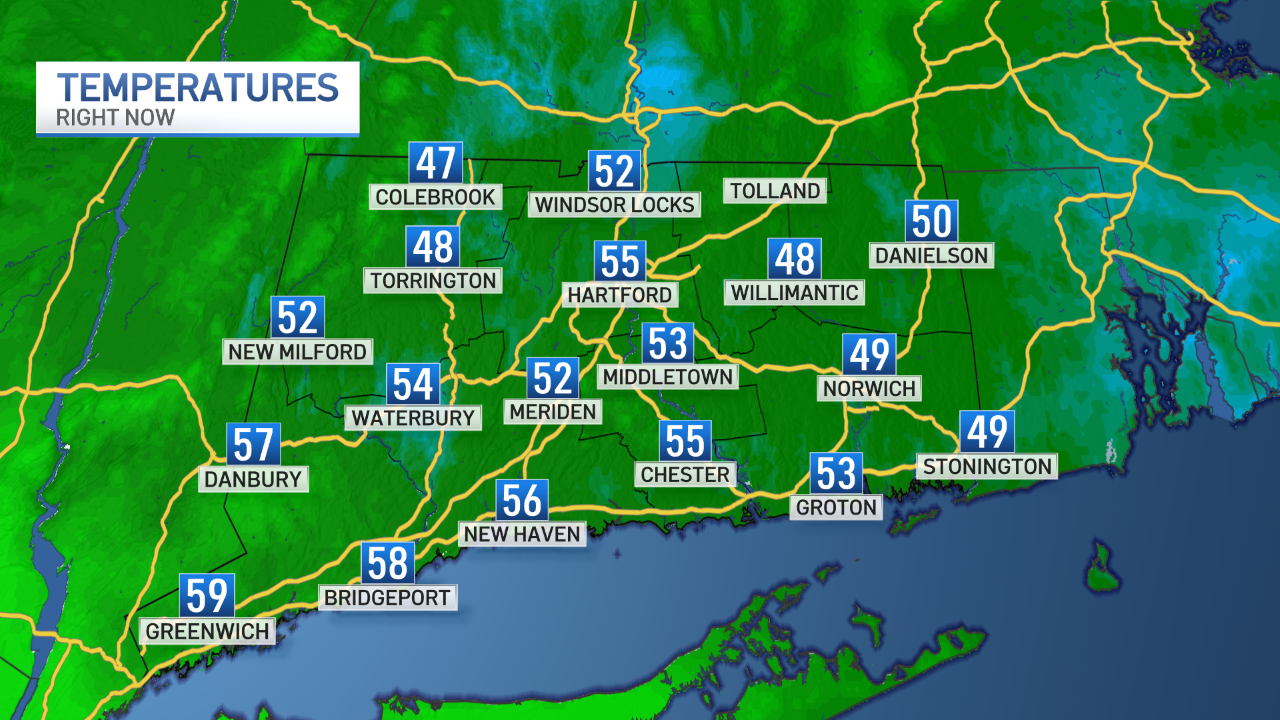Weather Patterns and Forecasting

Ct weather radar – Connecticut’s weather patterns are influenced by its location on the Atlantic coast and its proximity to the Appalachian Mountains. The state experiences a variety of weather conditions throughout the year, including cold winters, warm summers, and occasional hurricanes.
In the realm of meteorological wonders, the CT weather radar stands tall, its watchful eye scanning the skies for signs of precipitation. As we gaze upon its mesmerizing imagery, our thoughts may wander to the mundane yet comforting words of the normal thing lyrics.
They remind us that even in the face of unpredictable weather patterns, the rhythm of our lives continues, as steady and predictable as the gentle hum of a weather radar.
Weather radar is a valuable tool for tracking and forecasting weather patterns. It works by sending out pulses of radio waves and measuring the echoes that bounce back from objects in the atmosphere. These echoes can be used to determine the location, size, and movement of precipitation, such as rain, snow, and hail.
CT Weather Radar, an indispensable tool for tracking weather patterns, has recently detected a tornado warning in Rockford, MI. For the latest updates on this severe weather event, visit tornado warning rockford mi. CT Weather Radar remains vigilant, providing real-time information to keep you informed and prepared during these potentially hazardous weather conditions.
Accuracy and Limitations of Weather Radar Technology
Weather radar technology is very accurate in detecting precipitation, but it has some limitations. For example, it can be difficult to distinguish between different types of precipitation, such as rain and snow. Additionally, radar can be blocked by terrain, such as mountains, and it can be difficult to track precipitation that is very close to the ground.
Like the soft glow of distant lightning, the normal thing gracie abrams lyrics evoke a gentle melancholia. They remind us that even in the midst of storms, there is beauty to be found. And just as the CT weather radar tracks the path of storms, so too do these lyrics trace the contours of our own emotional journeys, revealing the hidden patterns that connect us all.
Despite these limitations, weather radar is a valuable tool for meteorologists. It provides them with real-time information about the location and movement of precipitation, which can help them to make more accurate forecasts.
The CT weather radar is a vital tool for meteorologists, providing real-time data on precipitation, wind, and other weather conditions. Gracie Abrams’s “Blowing Smoke” is a haunting ballad that captures the complexities of a fading relationship, much like the changing weather patterns detected by the CT weather radar.
As the song fades into silence, the radar continues its tireless watch, monitoring the skies and providing us with the information we need to stay safe and prepared.
Severe Weather Monitoring and Alerts: Ct Weather Radar

Weather radar plays a pivotal role in detecting and monitoring severe weather events, enabling meteorologists to issue timely alerts and warnings to the public. These alerts are crucial for protecting lives and property, allowing communities to take appropriate action to mitigate the impact of impending storms.
Weather Radar in Severe Weather Detection
Weather radar emits electromagnetic pulses that interact with precipitation particles in the atmosphere, allowing meteorologists to determine the location, intensity, and movement of storms. By analyzing the radar data, meteorologists can identify potential threats, such as thunderstorms, tornadoes, and hurricanes, and issue appropriate alerts.
National Weather Service Alerts
The National Weather Service (NWS) issues a range of alerts based on weather radar data, including:
- Severe Thunderstorm Warnings: Issued when radar indicates the presence of a thunderstorm with winds of 58 mph or greater, hail one inch or larger, or a tornado.
- Tornado Warnings: Issued when radar detects a rotating storm with a well-defined circulation, indicating the presence of a tornado.
- Hurricane Warnings: Issued when radar indicates the presence of a hurricane or tropical storm with sustained winds of 74 mph or greater.
Impact of Weather Radar on Severe Weather Mitigation
Weather radar has significantly improved the NWS’s ability to predict and track severe weather events, leading to a reduction in fatalities and property damage. For example, in Connecticut, weather radar has helped to:
- Provide early warning of tornadoes, allowing residents to seek shelter and avoid injury.
- Identify areas at risk for flash flooding, enabling local authorities to issue evacuation orders and close roads.
- Track the movement of hurricanes, allowing coastal communities to prepare for the impact of the storm and minimize damage.
Data Analysis and Visualization

Organizing weather radar data into an HTML table, showcasing the time, location, and intensity of precipitation, allows for easy interpretation and comparison of data. Creating a visual representation using a radar map or chart illustrates the movement and evolution of weather systems, providing a comprehensive understanding of weather patterns.
Data Visualization, Ct weather radar
Visualizing weather data is crucial for effective communication and understanding. Radar maps and charts transform complex data into easily digestible formats, enabling the public to grasp weather patterns, track storm movements, and make informed decisions.
As the wind whispers through the trees, carrying with it the sweet scent of blooming flowers, the CT weather radar stands tall, a silent sentinel scanning the skies. Its intricate web of technology tracks the movements of clouds, predicting the arrival of storms and the promise of rain.
In the quiet moments between thunderclaps, the radar’s gentle hum is a soothing melody, reminding us of the rhythm of nature. Like the lyrics of Gracie’s “Normal Thing” , it speaks of the constant and reassuring presence of the natural world amidst the ebb and flow of life’s storms.